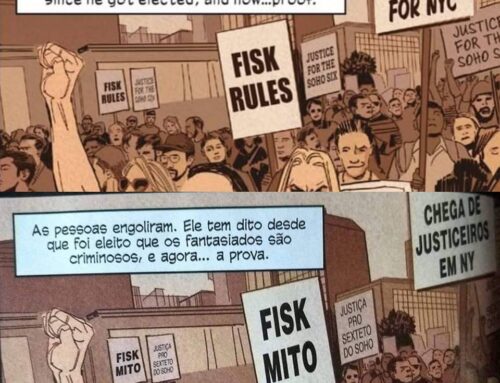 Until 2011 Adriana Palugan, a mother of two, rented a home in Balneário Camboriú, a seaside town in southern Brazil. Now she is buying her own house, one of 166 in Colina do Cedro (Cedar Hill), a new development on a hill overlooking the town. She extols its wonders: bright and spacious with a pool, gym and multi-games court, 24-hour security—and altitude. Her old place was flooded in 2008, and she lost much of what she owned.
Until 2011 Adriana Palugan, a mother of two, rented a home in Balneário Camboriú, a seaside town in southern Brazil. Now she is buying her own house, one of 166 in Colina do Cedro (Cedar Hill), a new development on a hill overlooking the town. She extols its wonders: bright and spacious with a pool, gym and multi-games court, 24-hour security—and altitude. Her old place was flooded in 2008, and she lost much of what she owned.
Without Minha Casa Minha Vida (MCMV; My House, My Life), a federal programme started in 2009 to fund housing for Brazil’s poor and middle classes, Ms Palugan, who works for a car dealership, would have struggled to buy such a home. The price was keen: R$ 100,000 reais. Caixa Econômica Federal, a state-owned bank, gave her a subsidised mortgage; the repayments are less than her rent used to be. Caixa has also granted the developers, Abramar, cheap financing for the project’s second phase, two apartment blocks. The funding comes from a workers’ compensation scheme and the federal budget. Buyers cannot already own homes or make over 5,000 reais a month. The lowest earners get the biggest subsidies.
MCMV is shifting homebuilders’ interest away from the rich minority to the middle market. Until recently, mortgages barely existed, since interest rates were too high and evicting defaulters was almost impossible. Old properties would be traded in for new, topped up with cash, a car or even a boat. The poor built on their own without title, often in precarious spots on riverbanks or steep hills. A 2010 census found 11.4m Brazilians living in favelas (slums). Millions more squeeze in with relatives or live in formal but substandard housing.
A change to mortgage rules in 2005 made repossession easier. That made financing housing more attractive, along with falling interest rates, and Brazil’s new middle class looked ready to buy. In 2007 17 housebuilders went public. Many went on a land-buying spree—only to run short of cash as construction costs soared.
At first, MCMV looked like a lifeline. But it started slowly, taking until last December to put 1m families in new homes. Bureaucracy was a big part of the problem: between local government, planning rules and Caixa it took Abramar 18 months to get Colina do Cedro’s second phrase approved. (The paper chase continued: each sale generated a 280-page mortgage contract. Each page had to be signed or initialled.) It only survived by taking out short-term loans at eye-watering rates.
Worse than the paperwork, says Yannick Rault, a Frenchman and one of Abramar’s partners, was “managing budgets and schedules in a country where everybody’s an optimist.” In the past, most Brazilian construction contracts were “cost-plus”, meaning builders never learnt to plan. The firm wrote its own project-management software for construction and plans to make money by selling the program to other homebuilders.
Not every MCMV buyer has been as lucky as Ms Palugan. YouTube has plenty of videos of shoddy finishes, dodgy electrics and leaky roofs. Rising land prices mean some developments are miles from anywhere. The worst risk degenerating into the slums they were meant to replace.
But the government’s canny decision to set minimum standards and maximum prices and turn the job over to the private sector means MCMV is easy to tweak. Quality is being raised by tightening standards and certifying builders, says Alexandre Cordeiro of the ministry for cities, which runs MCMV. Since October, big projects can only go ahead if it agrees there are suitable local amenities. And the paperwork has been trimmed, he insists. (Perhaps not enough: approval for Abramar’s most recent project took six months.)
The government still needs to work out how to get more homes built for the truly poor. Of the 2.3m past MCMV’s approval stage, only 45% are for families earning less than 1,600 reais a month. The target was 60%. Increasing that share would mean persuading states and cities to chip in with land, roads and other services, instead of demanding these from developers. Abramar ended up having to pave roads, build a surface-water drainage system for the area around Colina do Cedro and more, which took a big chunk of already tight margins.
Caixa will also have to encourage less labour-intensive building methods. Abramar says its costs have gone up by 50% in four years. The government is proud of the scheme—the president, Dilma Rousseff (pictured on previous page), often turns up at completed projects—and the 1.4m jobs it has created. But it must choose between jobs and houses: local labour is now too dear for hand-built mass-market homes.
Source: The Economist


Leave A Comment
You must be logged in to post a comment.